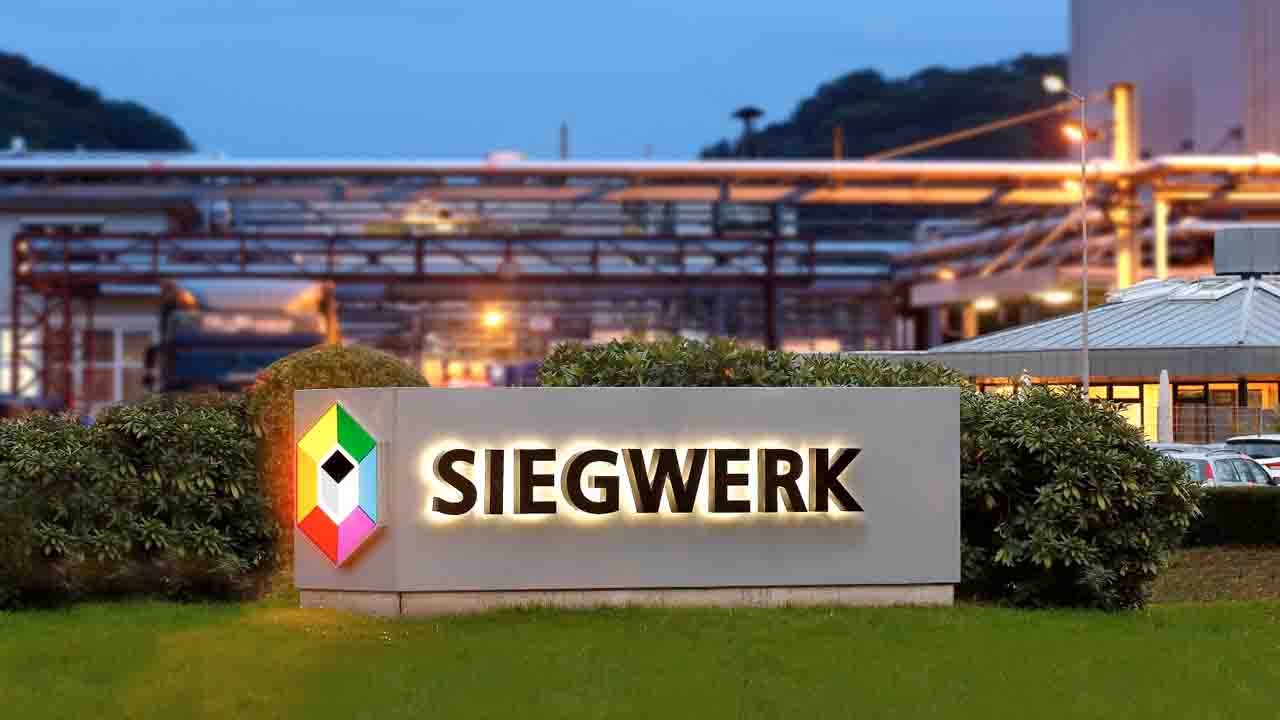Ink migration

With low migration inks a significant theme at Labelexpo Europe 2011, Siegwerk Group’s Rolf Montag looks at the migration chain of custody
The potential for migration with conventional UV inks is a well-known problem. It means that packaging and labels for foodstuffs must be printed using ‘low migration’ ink systems. Responsibility for choosing the right UV ink lies with the printer.
Where there are UV inks with and without migration risk, various questions arise. In day-to-day operations, one has to know whether the packaging or label may be printed with conventional UV inks or whether low migration (LM) UV inks have to be used. For example, in the case of sleeves intended for glass bottles there is no risk of migration because glass represents a functional barrier. Sleeves for plastic bottles on the other hand, must be printed with LM inks. In-mold labels for tubs and trays commonly used to hold dairy products and other foodstuffs must also be printed with LM inks. Conversely, packaging with an aluminum bag does not require LM inks on account of the fact that the aluminum foil offers an adequate barrier against migration.
Migration may also occur due to the so-called set-off effect, that is to say contamination of the inside of the packaging facing the foodstuff when this side touches the printed exterior while stacked or in rolls. LM ink systems are therefore the solution to the problem of set-off in foodstuff packaging.
Why two types of UV inks?
Conventional UV inks and varnishes contain low-molecular photoinitiators, acrylate monomers or other materials with a relatively high migration potential. These are substances with short molecular chains which have a tendency to migrate. Materials of this nature may migrate through the substrate and also through the label into the foodstuff, if there is no secure barrier – such as glass or aluminum – between the packaging material and the content, or when the possibility of set-off exists. Since conventional UV inks are cheaper and technically efficient, they are employed for all applications in which migration and set-off are not an issue.
On the other hand, LM UV inks and varnishes are formulated with higher molecular weight photoinitiators and acrylates, thereby reducing the tendency to migrate to a minimum.
When is a barrier deemed to be adequate?
Without prior testing, only sealed aluminum bags, glass containers and thick PET bottles are deemed to be functional barriers. An interior plastic bag, plasticized paper or unsealed aluminium film does not represent an adequate barrier against migration.
Metallized plastic film which looks like aluminum, or thin PET bottles are not deemed to be reliable barriers unless proved otherwise. Where there is any doubt, the printer or packer must arrange to have a migration analysis carried out because they have a responsibility to the consumer to ensure that the packaging complies with the legal requirements. Incidentally, Siegwerk application technicians will be pleased to assist in the risk assessment.
New legal provisions
Paragraph 26e et seq. of the new ordinance 817.023.21, in force in Switzerland since 2010, details that only those inks contained in a positive list are permissible for use on foodstuff packaging and, moreover, that specific migration threshold values to be measured on the finished packaging must be adhered to. Here UV-printed food¬stuff packaging is required to meet migration threshold values of < 10 ppb or < 50 ppb.
The competent national authorities in Germany are drawing up similar or possibly even more stringent legal provisions for the end of this year.
More information
Siegwerk has produced two guides for label converters which can be downloaded from www.siegwerk.com/productsafety: the six-page 'Selection of Siegwerk UV Low Migration Systems' indicates where the use of LM inks and varnishes is mandatory. This leaflet also lists the addresses of accredited analytical institutions that will test printed packaging in respect of its migration potential.
For more extensive information on the mechanism involved in migration and the risk-free use of low migration inks for food packaging, download the 'Know-how: Printing Inks for Food Packaging' brochure, which also deals with the permissible limit values, test methods and validation recommendations as well as the responsibilities. In addition, the guide passes on a wealth of practical tips.
This article was published in L&L Issue 5, 2011
Stay up to date
Subscribe to the free Label News newsletter and receive the latest content every week. We'll never share your email address.

